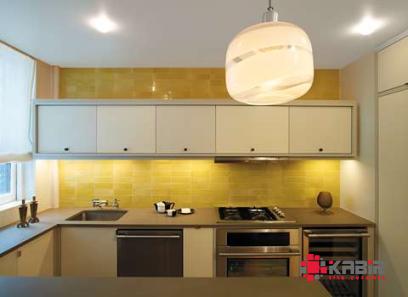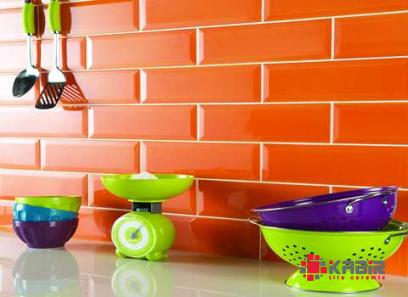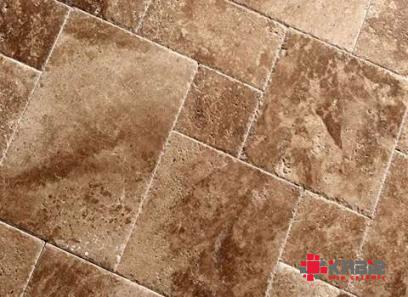In the realm of interior design and architecture, glazed tiles and ceramic materials hold a special place for their aesthetic appeal, durability, and versatility. These tiles have been a popular choice for homeowners, designers, and architects for centuries, adding elegance and charm to various spaces. In this comprehensive guide, we delve into the world of glazed tiles and ceramic, exploring their history, manufacturing process, types, benefits, and innovative uses in modern design trends. ### Understanding Glazed Tiles and Ceramic Glazed tiles are ceramic tiles that have a layer of liquid glass applied to their surface, which is then fired at high temperatures in a kiln.

.
 This process creates a smooth, glossy finish that not only enhances the appearance of the tiles but also adds a protective layer that makes them resistant to stains, scratches, and water. Ceramic, on the other hand, refers to a broad category of materials made from clay that are hardened through heat. ### History and Evolution of Glazed Tiles The history of glazed tiles can be traced back to ancient civilizations such as the Egyptians, Greeks, and Romans, who used glazed pottery and tiles to decorate their palaces, temples, and public buildings. The art of glazing tiles flourished during the Islamic Golden Age, with intricate patterns and vibrant colors adorning mosques and palaces. During the Renaissance period, Italian artisans pioneered new glazing techniques, producing some of the most exquisite and iconic glazed tiles in history. Fast forward to the present day, glazed tiles have become a staple in interior design, from classic subway tiles in kitchens to modern mosaic patterns in bathrooms. ### Manufacturing Process of Glazed Tiles and Ceramic The manufacturing process of glazed tiles and ceramic involves several steps to create the finished product.
This process creates a smooth, glossy finish that not only enhances the appearance of the tiles but also adds a protective layer that makes them resistant to stains, scratches, and water. Ceramic, on the other hand, refers to a broad category of materials made from clay that are hardened through heat. ### History and Evolution of Glazed Tiles The history of glazed tiles can be traced back to ancient civilizations such as the Egyptians, Greeks, and Romans, who used glazed pottery and tiles to decorate their palaces, temples, and public buildings. The art of glazing tiles flourished during the Islamic Golden Age, with intricate patterns and vibrant colors adorning mosques and palaces. During the Renaissance period, Italian artisans pioneered new glazing techniques, producing some of the most exquisite and iconic glazed tiles in history. Fast forward to the present day, glazed tiles have become a staple in interior design, from classic subway tiles in kitchens to modern mosaic patterns in bathrooms. ### Manufacturing Process of Glazed Tiles and Ceramic The manufacturing process of glazed tiles and ceramic involves several steps to create the finished product.
..
 It begins with the selection of high-quality clay and raw materials, which are mixed together to form a homogeneous mixture. This mixture is then shaped into various tile sizes and designs through pressing, cutting, or molding. The next step involves firing the tiles in a kiln at a specific temperature to harden them. Once the tiles are fired, a glaze composed of silica, clay, and pigments is applied to the surface. The tiles are then fired a second time at a lower temperature to fuse the glaze and create a smooth, glossy finish. ### Types of Glazed Tiles and Ceramic 1. **Porcelain Tiles**: Porcelain tiles are a type of ceramic tile that is made from fine clay and minerals fired at a high temperature. They are dense, durable, and highly resistant to water, making them ideal for both indoor and outdoor applications. 2. **Ceramic Tiles**: Ceramic tiles are versatile and come in a wide range of colors, sizes, and patterns. They are popular for their affordability and ease of maintenance, making them a practical choice for bathrooms, kitchens, and living areas.
It begins with the selection of high-quality clay and raw materials, which are mixed together to form a homogeneous mixture. This mixture is then shaped into various tile sizes and designs through pressing, cutting, or molding. The next step involves firing the tiles in a kiln at a specific temperature to harden them. Once the tiles are fired, a glaze composed of silica, clay, and pigments is applied to the surface. The tiles are then fired a second time at a lower temperature to fuse the glaze and create a smooth, glossy finish. ### Types of Glazed Tiles and Ceramic 1. **Porcelain Tiles**: Porcelain tiles are a type of ceramic tile that is made from fine clay and minerals fired at a high temperature. They are dense, durable, and highly resistant to water, making them ideal for both indoor and outdoor applications. 2. **Ceramic Tiles**: Ceramic tiles are versatile and come in a wide range of colors, sizes, and patterns. They are popular for their affordability and ease of maintenance, making them a practical choice for bathrooms, kitchens, and living areas.
…
 3. **Terracotta Tiles**: Terracotta tiles are made from natural clay and are known for their warm, earthy tones and rustic aesthetic. They are commonly used for outdoor spaces such as patios, courtyards, and garden pathways. 4. **Mosaic Tiles**: Mosaic tiles are small, decorative tiles that are often made from glass, ceramic, or porcelain. They are popular for creating intricate patterns and designs, adding a touch of elegance to backsplashes, shower walls, and floors. ### Benefits of Glazed Tiles and Ceramic 1. **Durability**: Glazed tiles and ceramic are known for their durability and long lifespan. They are resistant to stains, scratches, and fading, making them a practical choice for high-traffic areas. 2. **Easy Maintenance**: Glazed tiles and ceramic are easy to clean and maintain, requiring only regular sweeping and occasional mopping to keep them looking pristine. 3. **Versatility**: With a wide range of colors, sizes, and patterns available, glazed tiles and ceramic offer endless design possibilities for any space, from traditional to contemporary. 4. **Water Resistance**: Glazed tiles are inherently water-resistant, making them ideal for bathrooms, kitchens, and other areas prone to moisture. 5. **Heat Resistance**: Ceramic tiles are excellent at retaining heat, making them a popular choice for underfloor heating systems.
3. **Terracotta Tiles**: Terracotta tiles are made from natural clay and are known for their warm, earthy tones and rustic aesthetic. They are commonly used for outdoor spaces such as patios, courtyards, and garden pathways. 4. **Mosaic Tiles**: Mosaic tiles are small, decorative tiles that are often made from glass, ceramic, or porcelain. They are popular for creating intricate patterns and designs, adding a touch of elegance to backsplashes, shower walls, and floors. ### Benefits of Glazed Tiles and Ceramic 1. **Durability**: Glazed tiles and ceramic are known for their durability and long lifespan. They are resistant to stains, scratches, and fading, making them a practical choice for high-traffic areas. 2. **Easy Maintenance**: Glazed tiles and ceramic are easy to clean and maintain, requiring only regular sweeping and occasional mopping to keep them looking pristine. 3. **Versatility**: With a wide range of colors, sizes, and patterns available, glazed tiles and ceramic offer endless design possibilities for any space, from traditional to contemporary. 4. **Water Resistance**: Glazed tiles are inherently water-resistant, making them ideal for bathrooms, kitchens, and other areas prone to moisture. 5. **Heat Resistance**: Ceramic tiles are excellent at retaining heat, making them a popular choice for underfloor heating systems.










Your comment submitted.